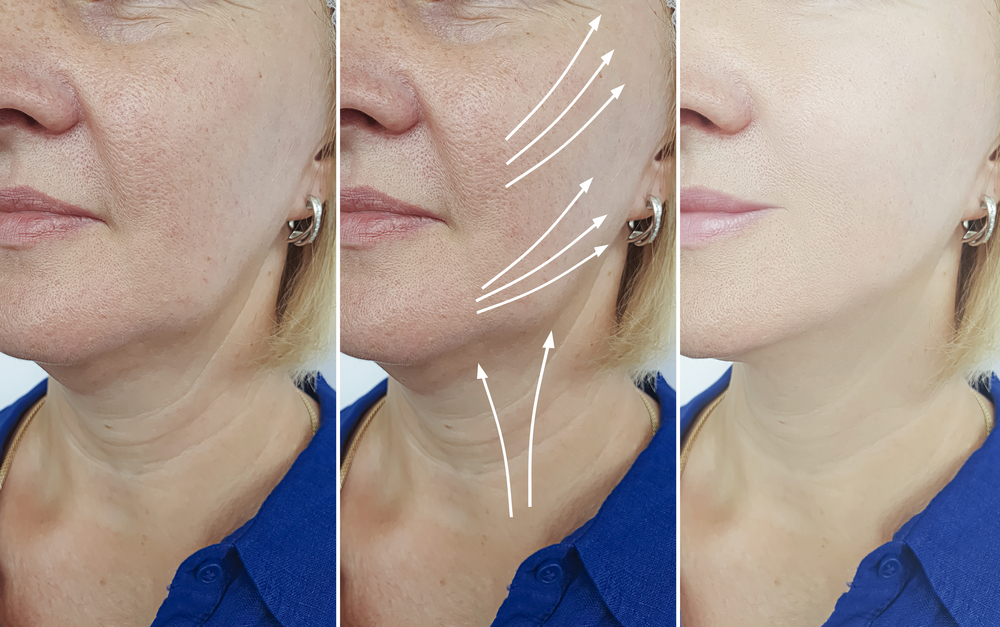Massage is a popular form of therapy that helps soothe sore muscles. There are many different types of massages, each with their own unique benefits. Read here to find out more about the 6 most popular massage techniques and how they can help you reach new heights!
What is Massage Therapy?
There are many different types of massage therapy, but the basic premise is always the same: using touch to manipulate the soft tissues of the body with the goal of promoting relaxation, easing pain, and improving overall wellbeing.
Massage therapy has been used for centuries as a way to heal the mind and body. Today, there is a growing body of scientific evidence that supports the health benefits of massage therapy. Massage therapy can be used to treat a wide variety of conditions, including:
-Chronic pain
-Anxiety and depression
-Stress
-Insomnia
-Digestive disorders
-Headaches
-PMS and menstrual cramps
The benefits of massage therapy are not just limited to physical health. Massage can also be a powerful tool for emotional healing. It can help reduce stress and anxiety, promote relaxation, and boost self-esteem.
Types of Massage Therapy
There are many different types of massage therapy, each with its own benefits. Swedish massage is one of the most popular types of massage, and is known for its relaxation benefits. Deep tissue massage is another popular type of massage that can help to relieve pain and tension in the muscles. Hot stone massage is a type of massage that uses heated stones to relax the muscles. Sports massage is a type of massage that is designed to help athletes recover from injuries and improve their performance.
The Benefits of Massage
When most people think of massage, they think of relaxation. And while massage can certainly help you relax, there are many other benefits to massage as well. Massage can help improve your circulation, increase flexibility and range of motion, and decrease stress levels.
But what does that mean for your workout routine?
Simply put, incorporating regular massages into your fitness regimen can help you reach new heights. Here’s how:
- Massage can help improve circulation.
Your circulatory system is responsible for delivering oxygen and nutrients to your muscles. When circulation is poor, muscles can become fatigued more easily and recovery from workouts can be hindered. Massage helps to promote circulation by stimulating the flow of blood and lymphatic fluid. This can help deliver more oxygen and nutrients to your muscles, which can lead to improved performance and decreased recovery time.
- Massage can increase flexibility and range of motion.
Tight muscles can limit your range of motion and lead to injuries. Massage helps to loosen tight muscles and increase range of motion by breaking up adhesions (bands of painful, rigid tissue) that form in muscle tissue. This not only helps prevent injuries, but can also
How to Choose the Best Massage for You
There are many different types of massages, and each one offers its own unique benefits. So, how do you choose the best massage for you?
Here are a few things to consider:
- What are your goals?
Are you looking for relief from pain or tension? Are you hoping to improve your flexibility or range of motion? Or are you simply looking for a way to relax and de-stress?
Knowing what you want to get out of your massage will help you narrow down your options.
- What type of massage do you prefer?
There are several different types of Soothe massages, including Swedish, deep tissue, sports, and hot stone. Each one uses different techniques and targets different areas of the body.
Think about what type of massage you would enjoy most and look for a therapist who specializes in that style.
- What are your any physical limitations?
When to See a Massage Therapist
There is no one-size-fits-all answer to this question, as the best time to see a massage therapist depends on your individual needs and preferences. However, in general, check out Soothe podcasts it is advisable to book a massage session when you are feeling relaxed and have some free time available, so that you can fully enjoy the experience.
If you are seeking relief from pain or tension, it may be helpful to schedule a massage session when you are not experiencing any active symptoms, as this will allow your therapist to work more deeply on problem areas. For preventive care or maintenance, regular massage appointments can help keep your body in balance and support your overall well-being.
Ultimately, the best time for you to see a massage therapist is whenever you feel ready to do so!
Six Massage Techniques That Will Help You Reach New Heights
There are a variety of massage techniques that can help you reach new heights in your massage therapy practice. Below are some of the most popular techniques:
Swedish Massage: One of the most common and well-known massage techniques, Swedish massage is a gentle form of massage that uses long strokes and kneading to relax the body.
Deep Tissue Massage: A more intense form of massage, deep tissue massage is used to target specific areas of tension and pain in the body. This technique uses slower, firmer strokes to reach deeper layers of muscle and connective tissue.
Trigger Point Massage: Trigger point massage is a specific type of massage that targets areas of muscle tension known as “trigger points.” These points are often located in areas of the body that are prone to pain or injury, such as the neck, shoulders, or lower back. By applying pressure to these points, trigger point massage can help relieve pain and promote healing in the affected area.
Sports Massage: Sports massage is a type of massage designed to help athletes recover from injuries, reduce stress, and improve their performance. This type of massage uses specific techniques to target muscles and connective tissues used in particular sports.


